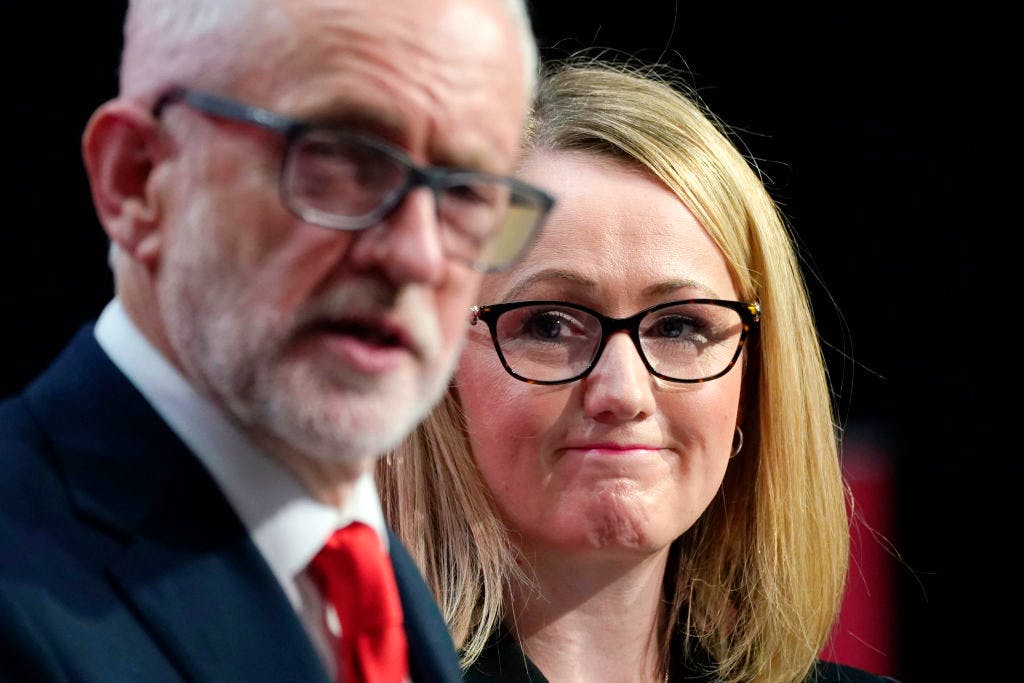Despite the muttered predictions from some of the leadership campaigns, Labour’s ruling National Executive Committee has today decided on a

Despite the muttered predictions from some of the leadership campaigns, Labour’s ruling National Executive Committee has today decided on a set of rules for its leadership contest that even a really committed conspiracy theorist would struggle to badge a ‘stitch-up’.
The timetable is very slightly longer – Jeremy Corbyn will remain Labour leader until 4 April when his successor is announced – and the rules on registered supporters applying to be able to vote are the same as in the 2016 contest. Candidates have a week to get enough nominations from MPs and MEPs (the threshold is 22). If they succeed, they progress to a second phase, lasting a month, in which they either need the backing of five per cent of the vote held by trade unions or affiliated organisations or at least 33 nominations from constituency Labour parties.
With just a week to secure the backing of MPs and MEPs, some candidates will struggle, though this is probably a sign they would fare poorly in the wider contest. There is little appetite this time around for MPs to lend their support to wildcard candidates in order to ‘widen the debate’: they’ve learned their lesson from the 2015 contest, when Corbyn only made it onto the ballot paper thanks to the generosity of colleagues who have spent the ensuing years trying to atone for their naivety.
The biggest challenge for centrist candidates such as Jess Phillips and Lisa Nandy will come in the second phase. Given Momentum has a strong presence in many local parties, Phillips may struggle to get the minimum of 33 CLPs backing her. But she and other candidates can also secure their place on the ballot paper with the support of trade unions and affiliated organisations. A candidate must get the backing of three of these affiliates, but at least two must be the unions.
While this contest is going on, there is the small question of what Labour actually does for the first quarter of this year. Jeremy Corbyn has never had much clout at Prime Minister’s Questions, but after his catastrophic election defeat, his performances at the dispatch box will seem rather meaningless. Some Labourites have mooted allowing each of the leadership candidates to have one session each at PMQs, auditioning to show how they’d make Boris Johnson’s majority seem rather less all-powerful. It might also have the benefit of keeping the Prime Minister on his toes rather more than Corbyn could manage. But this relies on Johnson kindly co-operating with the needs of the Labour party, rather than sending a junior in his place to face someone who isn’t the official acting leader. It would be unusual for a party leader to feel this generous at any stage, but even less so when the Labour party is trying to work out who would be best at making Johnson feel uncomfortable. Why give the members any more pointers?
In previous leadership contests, an acting leader such as Harriet Harman has taken over so that the outgoing leader doesn’t need to face months of mockery. But many on both sides of the party believe that Harman’s tenure contributed to the rise of Corbyn, largely because of the position she asked the party to take on the Welfare Reform Bill in 2015. Not opposing this legislation so enraged party members that they gave the other candidates – who stayed obedient to Harman – far less of a hearing. At least Corbyn can remain a lightning rod for fury, rather than someone else creating a whole new dynamic in the contest.
